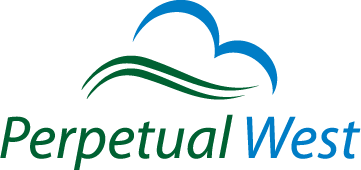RingCentral Q&A – How Does a Phone System in the Cloud Work?
These days, companies of all sizes are moving away from traditional phone systems and are embracing cloud-based phone systems. If hosting a business phone system in the cloud is a new concept to you, you may be wondering how it works. RingCentral, the leader in cloud-based business phone systems, has helped over 300,000 businesses move their phone systems to the cloud. Here’s a recent video from RingCentral’s YouTube Channel that explains what having a phone system in the cloud is all about:
6 More Tips to Handling Canada’s Anti-Spam Legislation (CASL) Using Salesforce
The anti-spam provisions of Canada’s Anti-Spam Legislation (CASL) came into effect on July 1st, 2014. Like me, you were probably bombarded with express consent requests right before. Didn’t do anything with your contact lists before that date? There is still time to wrap your head around CASL and get organized. Notably, there is the 3 year transitional window (grandfather rule) where your contacts are considered having given implied consent if they’re not strangers and you’ve communicated with them electronically before. For a great FAQ on CASL from a legal perspective, refer to this page posted by Deloitte. It’s probably the best I’ve seen in making sense of what is complicated legislation. Regardless of how you or I feel about CASL however, if you’re a Canadian business or sell to one you are stuck dealing with it.
Chromebooks for Work – 5 Reasons Why Businesses Should Take a Closer Look
With PC sales in decline and Windows XP no longer supported, businesses have some decisions to make. What hardware should we use to get the job done going forward? The computing landscape has changed considerably in the last 10 years. Gone are the days of Microsoft dominance. The cloud has enabled collaboration from anywhere. Tablets and smartphones are now the devices of choice. People expect to work from anywhere with any device. Google is leading the way in the cloud (Google Apps for Work as an example) and with Android mobile devices. Basically, they’re innovating technology that makes work better. One Google initiative that has gone largely unnoticed by businesses to date is the Chromebook. It’s a new breed of computer that is fast, secure, and cost effective this is easy to manage.
Get Your Files Into Salesforce – 3 Options For SMB’s
Every small and medium business deals with document management. If they’re organized, they likely have files on some sort of shared file server at the office. If they’re really organized and collaborative, they’ve moved their documents to a cloud storage solution like Google Drive or Dropbox. If they’re also using Salesforce they’ve likely wondered what is the best way to relate their files to records in Salesforce for best file organization and archiving. There are many ways to do this however I’m going to highlight 3 realistic ways for SMB’s to get their files in Salesforce along with the corresponding pros and cons to each.
5 Reasons Why You Should Use The RingCentral Cloud App for Salesforce
I’m a big fan of apps that just work. Once setup properly, a good app should be simple to use and make life easier. Historically, CTI (Computer Telephony Integration) apps have been high maintenance so for the most part, I’ve steered clear. As long as you have the exact hardware and software setup that the CTI app required you may be OK, but how many SMBs have the time to bother. If it’s complicated, limited and aggravating, only companies desperate for CTI will move forward with the implementation. Regardless, who wants to be the consultant telling a client things like: “You have a Mac…sorry you’re out of luck!” or “You need to install the windows application, then make sure it’s running in the system tray.” or “It’s still not working? Try uninstalling and reinstalling again.” The RingCentral Cloud App for Salesforce eliminates those headaches.





